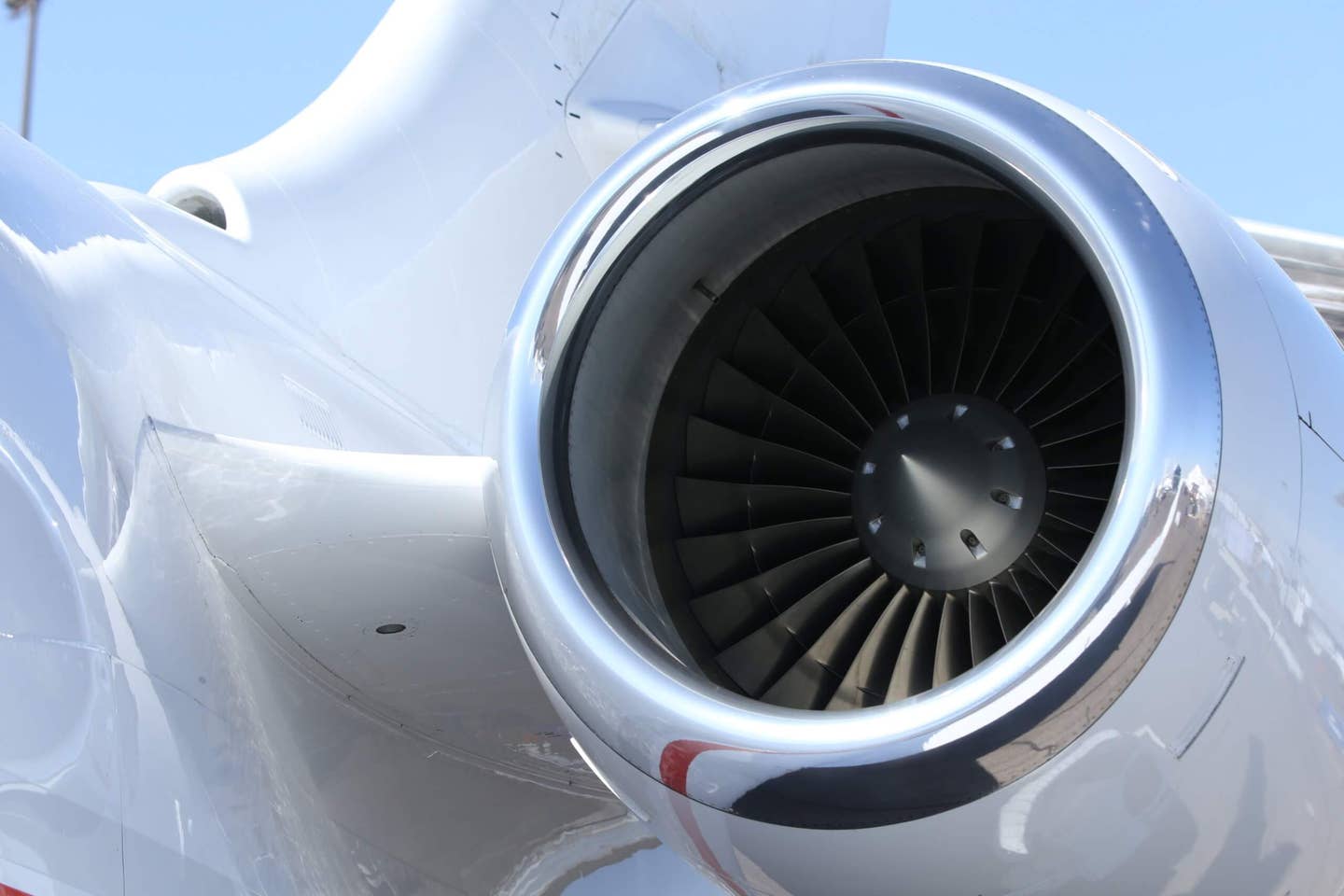Business Aviation Leaders: We’re On Track to Net-Zero Emissions
Progress reported toward 2050 goals across business aviation, but challenges remain.

Leaders across the business aviation industry are aiming for the global fleet to reach net-zero carbon emissions by 2050. NBAA
Industry leaders trying to cut carbon emissions across the global fleet of business jets and turboprops said Wednesday they had achieved an important milestone and were on track to meet their goals through 2050.
The Business Aviation Commitment on Climate Change, a collaboration of organizations representing manufacturers, operators, fuelers, and service providers, credited its success to improvements in alternative fuel, technology, infrastructure and operations, and carbon offsets.
“This hinges heavily on technology improvements being introduced by our industry and a significant adoption of sustainable aviation fuel [SAF].”
—Thomas Fissellier, Bombardier Business Aircraft head of strategy and analytics
Between 2010 and 2020, the business aviation sector improved its fuel efficiency by 2 percent per year, achieving one of its main objectives across its fleet of about 38,000 aircraft. The group is now renewing that same goal through 2030.
A large part of the success took place between 2015 and 2020, when the sector emitted 2.4 million tons less CO2 than expected, the group reported. Those numbers included a drastic 26 percent drop in aviation activity across the fleet in 2020, due to the COVID-19 pandemic.
An existing goal for 2050—to cut CO2 emissions to 50 percent of 2005 levels—remains on track, but members have set a new aspirational goal for business aviation, across turbine, electric, and hybrid platforms, to reach net-zero CO2 emissions by 2050.
“This hinges heavily on technology improvements being introduced by our industry and a significant adoption of sustainable aviation fuel [SAF],” said Thomas Fissellier, Bombardier Business Aircraft head of strategy and analytics, who presented the data at Wednesday’s press briefing.
Burning SAF emits significantly less greenhouse gas emissions than conventional fossil-based aviation fuel. It’s made by mixing conventional fuel with various renewable materials including cooking oil, plant oils, agricultural residues, and municipal waste.
Relying on SAF and improvements in technology and infrastructure alone will not get the business sector to net-zero by 2050, Fissellier said. To reach the goal, Fissellier said purchasing carbon offsets will be necessary.
Carbon offsets are investments in activities that reduce carbon emissions.
“It’s really up to our operator community to offset this,” he said. “The good news is that there’s actually really strong interest across operators and across all the associations to go in that direction...to help us get there.”
Potential Challenges to Reaching Net-Zero
However, there are hurdles to achieving the 2050 goals, including limited access to SAF. “It’s just not out there and available,” said International Business Aviation Council Director General Kurt Edwards. “We need a whole lot of it as soon as possible.”
The argument to that view, he said, is that the demand for SAF is not evident. As Edwards pointed out during the presentation, airlines are showing demand signals by making long-term commitments to use SAF. “But they can’t get the fuel right now, or...they get it in dribs and drabs.” Also, the general aviation community has been pushing lawmakers to make SAF more available.
Getting SAF “produced, scaled up, and available to the fleet is important,” Edwards said. “SAF is going to be probably among the most critical of the tools to get us to the goal of net-zero carbon by 2050.”
General Aviation Manufacturers Association (GAMA) President and CEO Pete Bunce expressed concern during the presentation that a proposed tax regime in Europe would threaten the group’s 2050 goals.
“For the business aviation sector to be able to avoid taxes, we have to be able to use sustainable aviation fuel,” Bunce said. “But if you can only get it in their deployment structure at large hub airports and you don’t recognize a ‘book and claim’ system...this tax is very debilitative on the industry and I am extremely concerned about it.”
A book and claim system allows SAF carbon reductions to be documented and fully traceable throughout the fuel’s supply chain.
How Aviation Contributes to Overall Emissions
According to GAMA, business aviation’s global CO2 emissions amount to about 2 percent of all aviation and 0.04 percent of total man-made carbon emissions worldwide. Civil aviation as a whole contributes about 2 percent of global CO2 and 3 percent of greenhouse gas emissions.
The business aviation sector has improved fuel efficiency of its products 40 percent during the past 40 years, according to GAMA. Business aircraft built in 2050, GAMA predicts, will be 45 percent more fuel efficient than those built in 2005.

Sign-up for newsletters & special offers!
Get the latest FLYING stories & special offers delivered directly to your inbox






